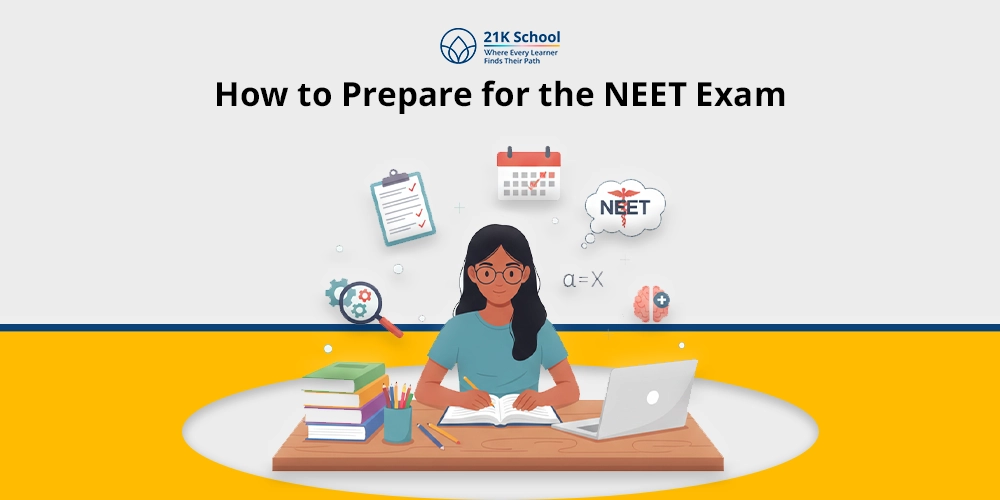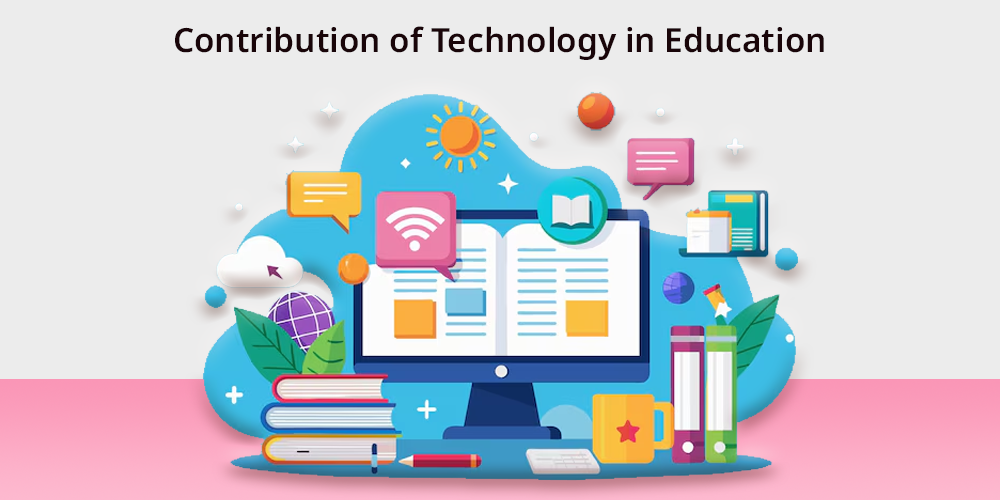
During the last few decades technology underwent substantial changes that affected every industry including education.
The quick advancement of digital resources together with technological tools established fresh possibilities for educational processes while improving information acquisition.
Technology functions as a fundamental element which transforms the way teachers and learners connect while it creates an improved efficient learning space.
Contribution of Technology in Education
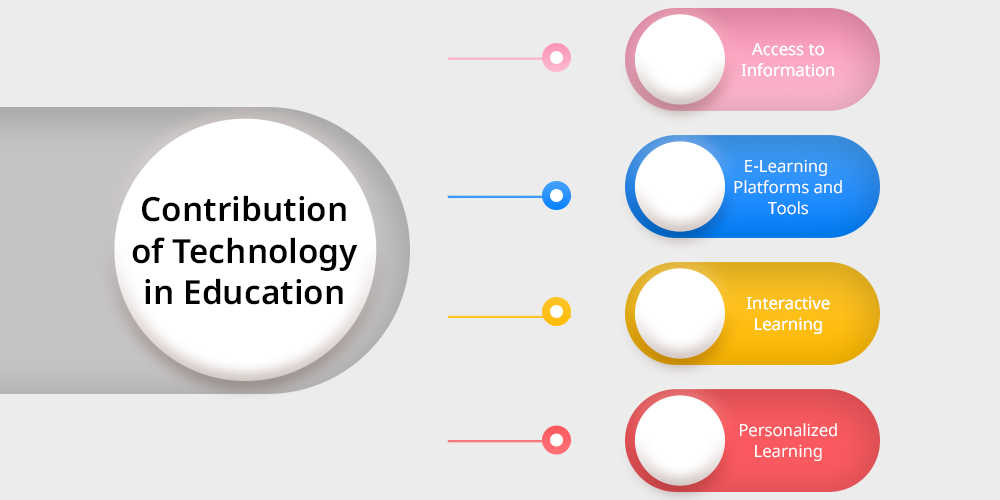
Technology extends its impact in educational institutions beyond physical equipment such as gadgets and devices.
Moreover technology includes all internet resources alongside communication facilitators and learning platforms designed to boost educational processes.
Technological advancements reshape conventional learning spaces through global educational advancements while making education more adjustable and resource-rich and performance-driven.
1. Access to Information
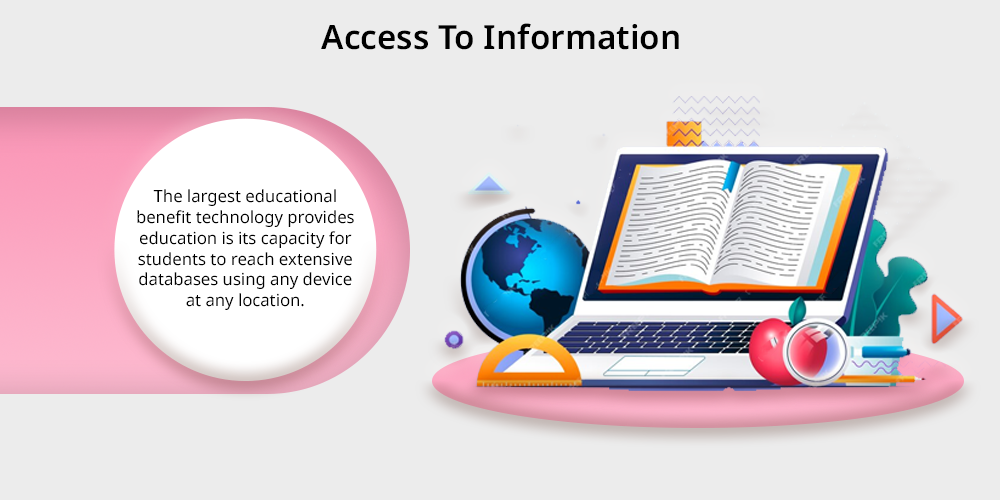
The largest educational benefit technology provides education is its capacity for students to reach extensive databases using any device at any location.
Through the internet students can access learning materials through their research of topics and viewing educational videos and participation in online courses.
Traditional textbook boundaries have disappeared because students now find their resources anywhere by using modern educational technology.
2. E-Learning Platforms and Tools
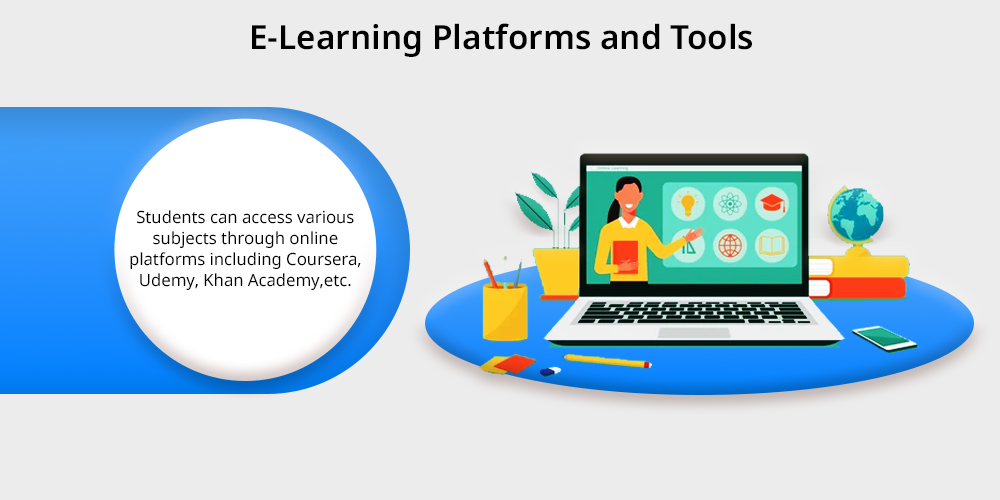
Digital educational platforms together with educational tools reshape traditional student teaching methods and learning methods in both institutions.
Students can access various subjects through online platforms including Coursera, Udemy, Khan Academy and others that enable free or inexpensive educational courses.
Through their adaptable learning structure these technological platforms let students follow their individual speed in education and remain unbound by location.
The educational tools of Google Classroom combined with Microsoft Teams and Zoom allow teachers to handle classes effectively while distributing homework and running virtual classes and giving feedback.
Educational practices based on e-learning have taken root within the current educational environment because the pandemic occurred and they can now unite students with various geographic locations.
3. Interactive Learning
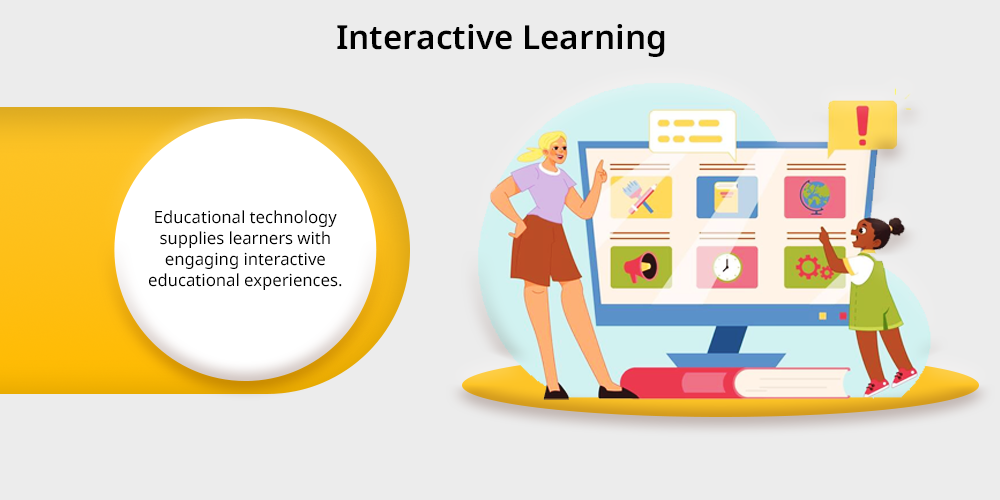
Educational technology supplies learners with engaging interactive educational experiences.
The educational process became more exciting and deep because students use interactive whiteboards together with learning apps and digital games.
Digital educational tools allow students to experience complex concepts through multiple learning modes including visual perception and auditory understanding and physical hand movements to create a satisfying and successful learning process.
4. Personalized Learning
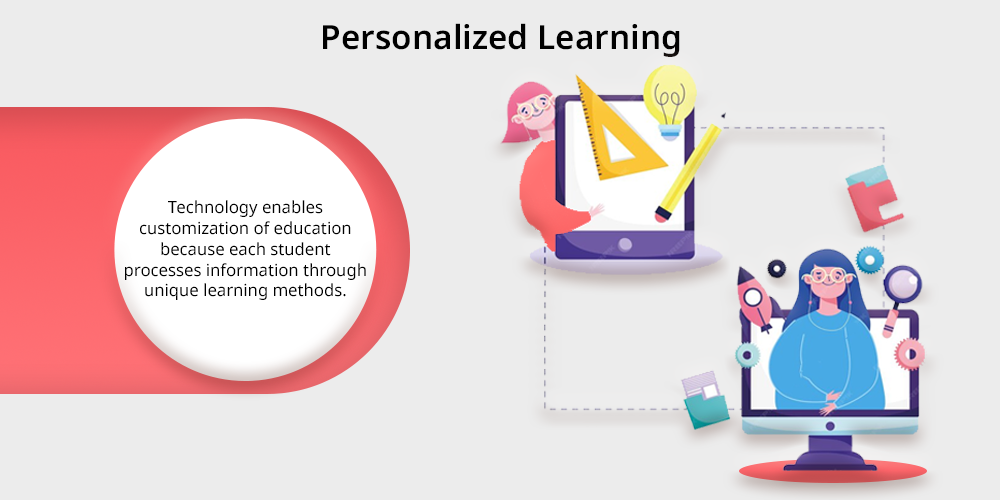
Technology enables customization of education because each student processes information through unique learning methods.
The utilization of digital tools within personalized learning enables content modifications according to student-specific learning speeds while addressing their abilities and development areas.
Learning applications powered by AI together with adaptive learning systems create individualized instructional experiences for each student according to their personal learning requirements.
Advantages of Technology in Education
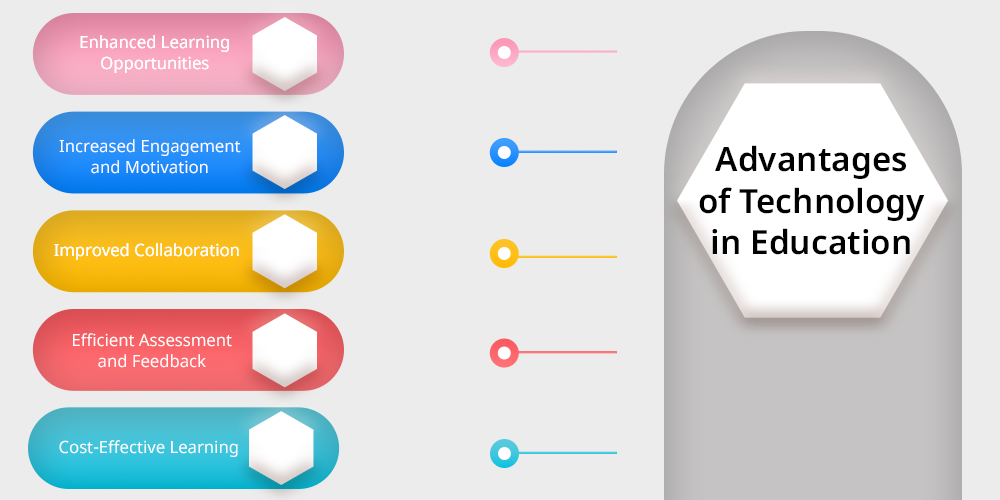
Technology delivers many benefits to education which optimize learning sessions and teaching approaches.
The educational sector receives substantial benefits which mostly consist of:
1.Enhanced Learning Opportunities
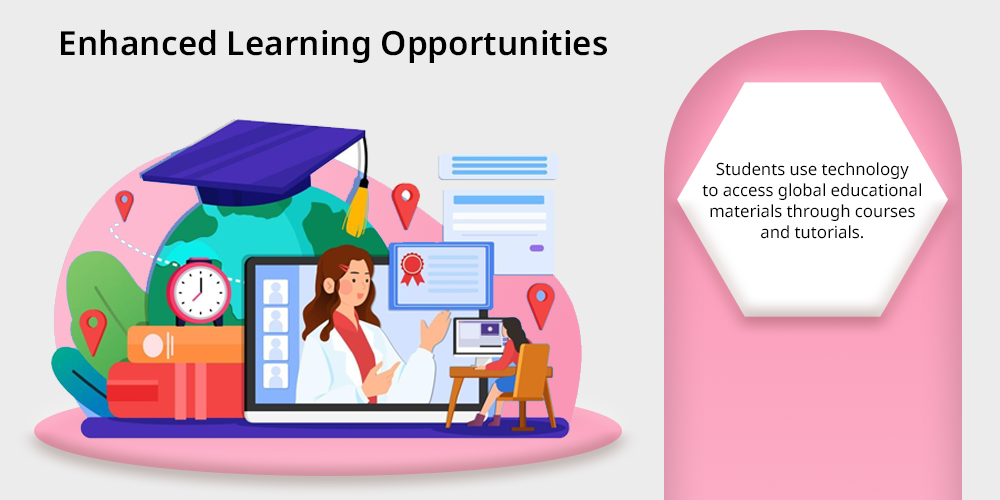
Students use technology to access global educational materials through courses and tutorials along with resources which they can access from any physical location on Earth.
The flexible learning environment stands as an excellent resource for both employed people seeking education and remote students and older students attending classes at a distance.
The internet makes it possible for students to reach beyond their regular academic material thus developing their capacity for evergreen learning.
A student studying computer science can enhance their academic potential by completing online coding classes together with programming tutorial programs which leads to better professional success.
2. Increased Engagement and Motivation
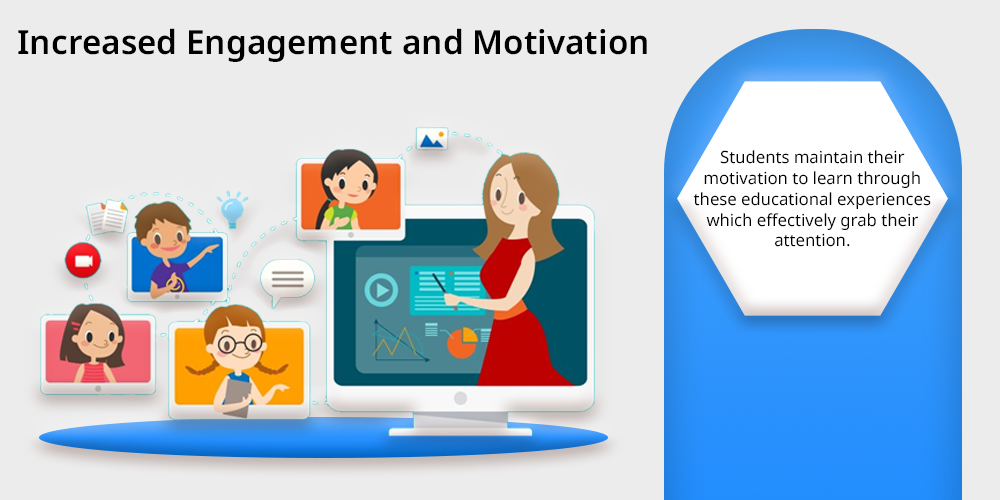
Students maintain their engagement through technological resources which provide different types of interactive multimedia learning content.
Technology supplies students with stimulating ways to learn through virtual educational tools such as gamified app platforms and multimedia video content and virtual exploration systems.
Students maintain their motivation to learn through these educational experiences which effectively grab their attention.
A virtual reality simulation lets history students experience ancient Rome as if it existed in present-day through a technology-driven time-travel experience beyond textbook learning.
The immersive learning experience creates higher student commitment to their subjects and produces better classroom engagement.
3. Improved Collaboration
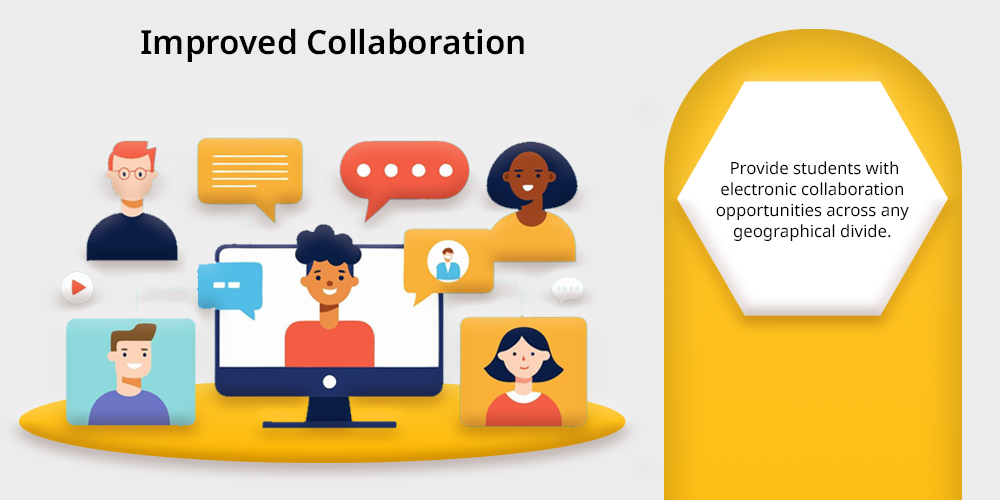
Education now benefits greatly from technological enhancements since these provide students with electronic collaboration opportunities across any geographical divide.
Virtual discussion platforms together with Google Docs shared tools and group messaging utilities provide students with platforms to work together on group assignments and exchange ideas and assessment feedback.
The team-based environmentTeachers create through technology develops vital skills of teamwork and communication that serve students well in academic studies and professional careers.
Teachers keep a smooth watch on group activities and they offer needed guidance which results in an efficient and collaborative learning space.
Explore how does technology impact collaboration among students in group projects .
4. Efficient Assessment and Feedback
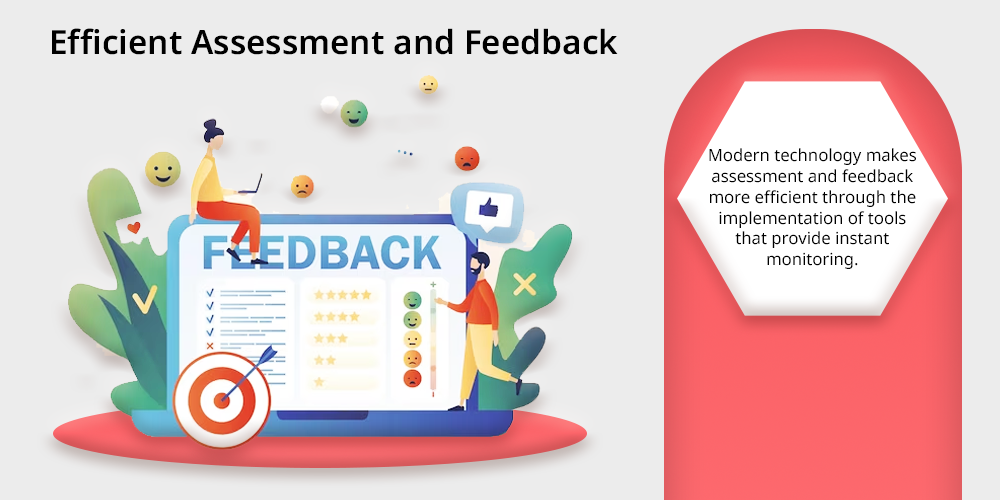
The traditional academic assessment process includes standardized testing as well as quizzing students which leads to post-grading feedback delivery.
Modern technology makes assessment and feedback more efficient through the implementation of tools that provide instant monitoring.
The assessment system includes online quizzes combined with assignments and Learning Management Systems (LMS) which both monitor student progress and deliver rapid feedback to students.
Students gain quick access to identify their weak spots through immediate feedback which allows teachers to support and aid them.
The continuous monitoring of progress happens easily because teachers can make better decisions about adjusting teaching strategies to help students achieve their needs.
5. Cost-Effective Learning
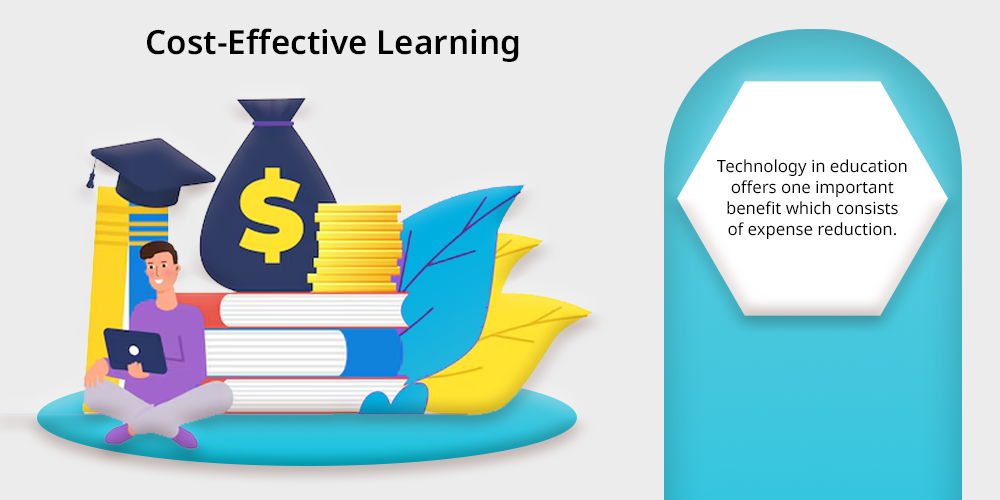
Technology in education offers one important benefit which consists of expense reduction.
Students can access learning resources at lower prices through digital educational materials and open educational resources and online courses.
Students find better value across their studies because digital textbooks and free materials are available online rather than buying physical textbooks.
Through e-learning students can eliminate costs related to physical classrooms and travel expenses as well as accommodation so education becomes more affordable to those without traditional schooling funds.
Students from various financial backgrounds can access free learning resources to acquire valuable knowledge because educational resources are available at no cost.
Conclusion
Technology now transforms the methods through which education is transmitted and information is obtained and students and teachers receive instruction.
The growing utilization of technology in education serves multiple purposes because it provides fresh teaching possibilities while also promoting student engagement and group work that reshapes education positively.
This educational approach provides students with digital-world readiness as well as preparedness for upcoming challenges.
New innovations in technology will increase its educational value which will deliver superior methods for educational success and educational accessibility for all students .


